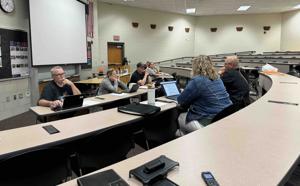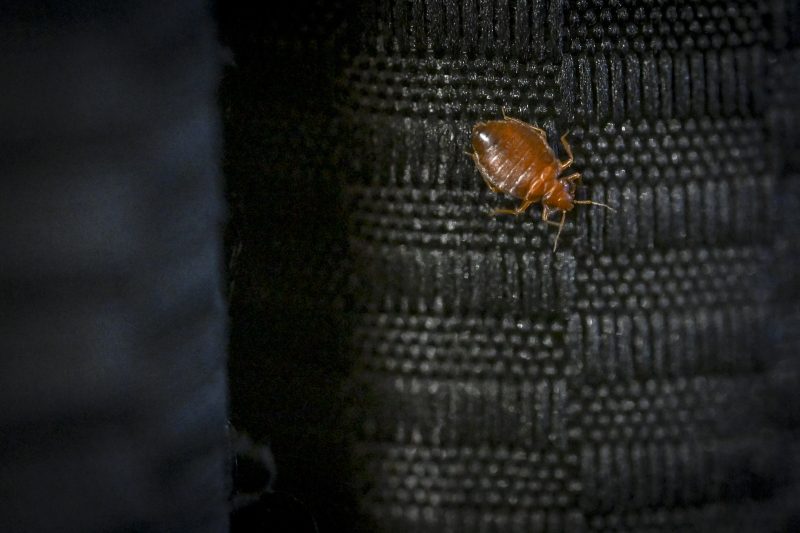New Seed-Saving Guidelines Announced for Thriving Gardens

UPDATE: New guidelines for seed-saving have just been released, providing gardeners with critical information on how to maintain and enhance their crop yields. This development is crucial for those looking to maximize the potential of their gardens while enjoying the fruits of their labor year after year.
The announcement comes as gardening enthusiasts prepare for the upcoming planting season. With many gardeners facing challenges in maintaining crop quality, understanding the genetics behind seed-saving is more important than ever. Open-pollinated vegetables are becoming increasingly popular as they promise reliable traits that can be passed down through generations.
Authorities emphasize the differences between open-pollinated and hybrid vegetables. Hybrid crops are created by crossing specific parent plants to yield offspring with desirable characteristics, such as enhanced flavor and disease resistance. However, hybrid seeds may not produce the same quality in subsequent generations, making them less reliable for long-term gardening.
In contrast, open-pollinated vegetables, which include many beloved heirloom varieties, tend to produce consistent results. Gardeners are encouraged to save seeds from successful crops, allowing them to cultivate their favorites without needing to purchase new seeds each year. This method not only saves money but also strengthens the connection to local gardening practices.
Experts note that while saving seeds from self-pollinating crops like tomatoes and peppers is relatively straightforward, others, such as sweetcorn and cucurbits, require more careful management. To prevent cross-pollination, gardeners should consider spacing and isolation techniques. This is particularly relevant for crops that rely on wind or insect pollination, where the risk of mixing varieties increases significantly.
Additionally, gardeners should be aware that certain crops, like carrots and beets, are biennial, necessitating a commitment of two growing seasons to produce viable seeds. Understanding these timelines is essential for effective garden planning.
Despite the complexities involved, many gardeners are choosing to experiment with seed-saving, often finding surprises and delights in their crops’ genetic variations. “Even if I don’t follow strict guidelines, I enjoy the process of saving seeds and discovering new traits,” one enthusiastic gardener shared.
As the gardening season approaches, these updates highlight the importance of seed-saving techniques and genetics in the pursuit of a bountiful harvest. Gardeners are urged to stay informed and share their experiences within the community, fostering a culture of sustainable gardening practices.
For those eager to learn more about seed-saving strategies and best practices, numerous online resources and local gardening workshops are available. This is an excellent opportunity to connect with fellow enthusiasts and exchange valuable tips for a thriving garden this season.
Stay tuned for more updates on gardening trends and practices as the season progresses.






